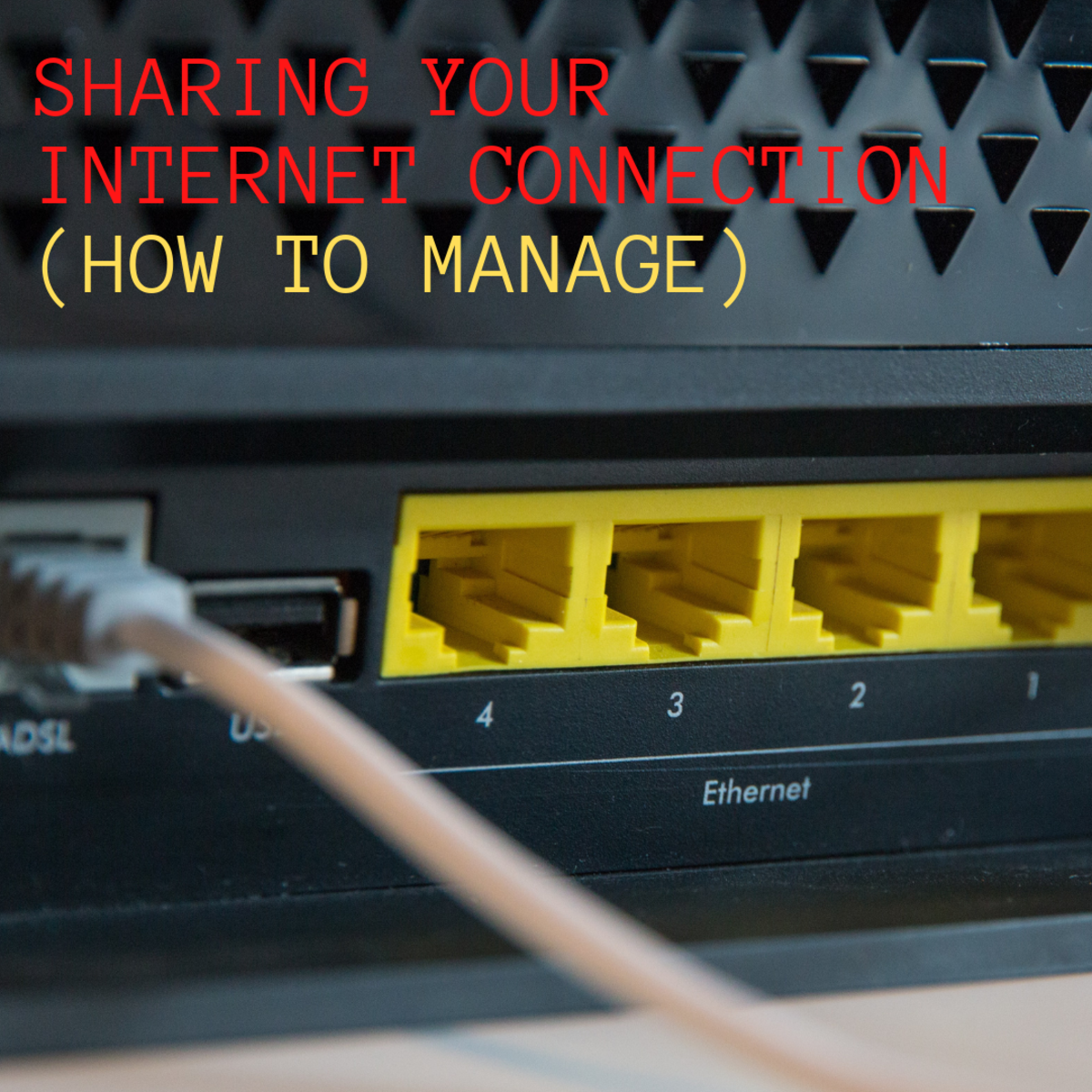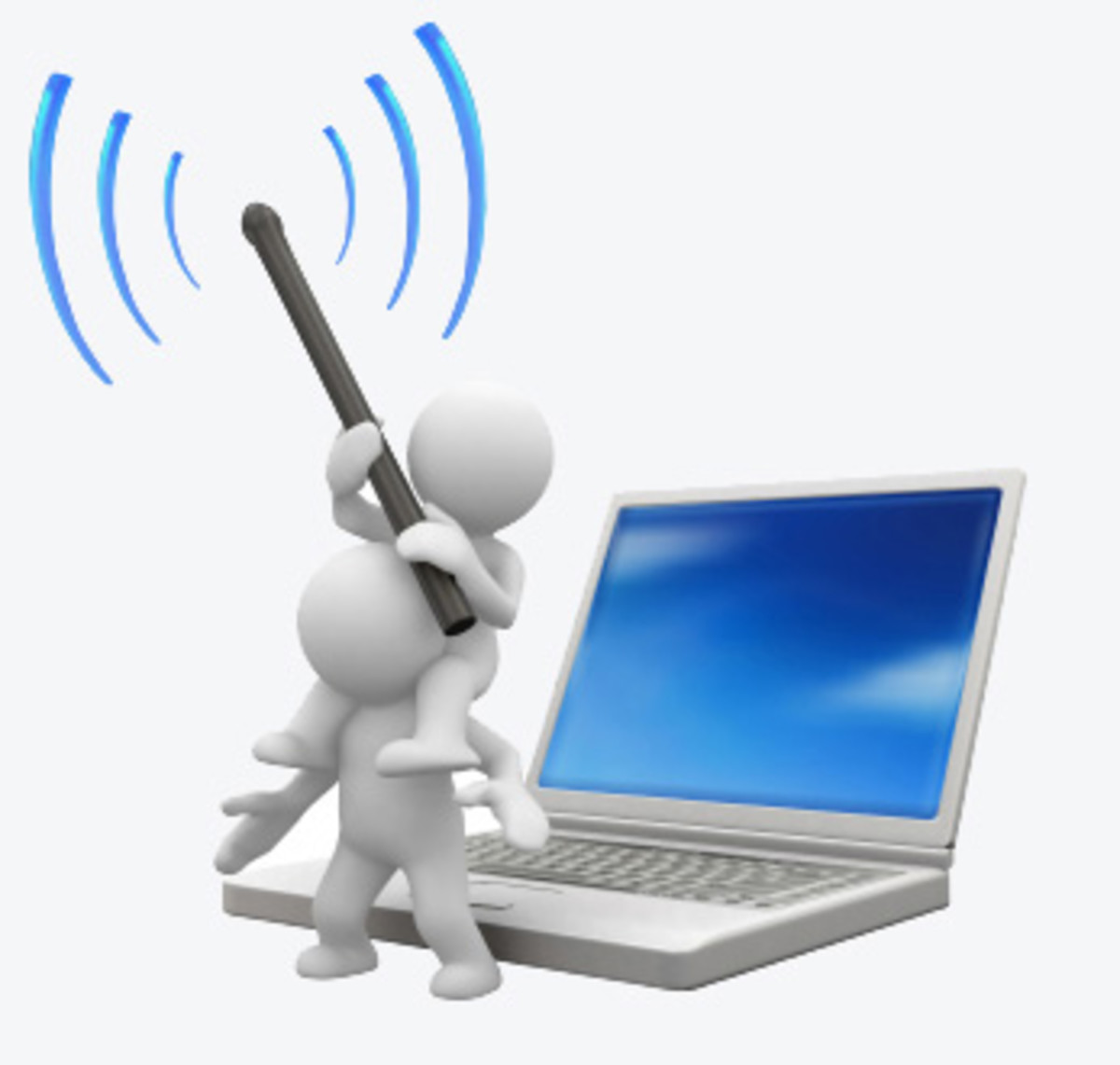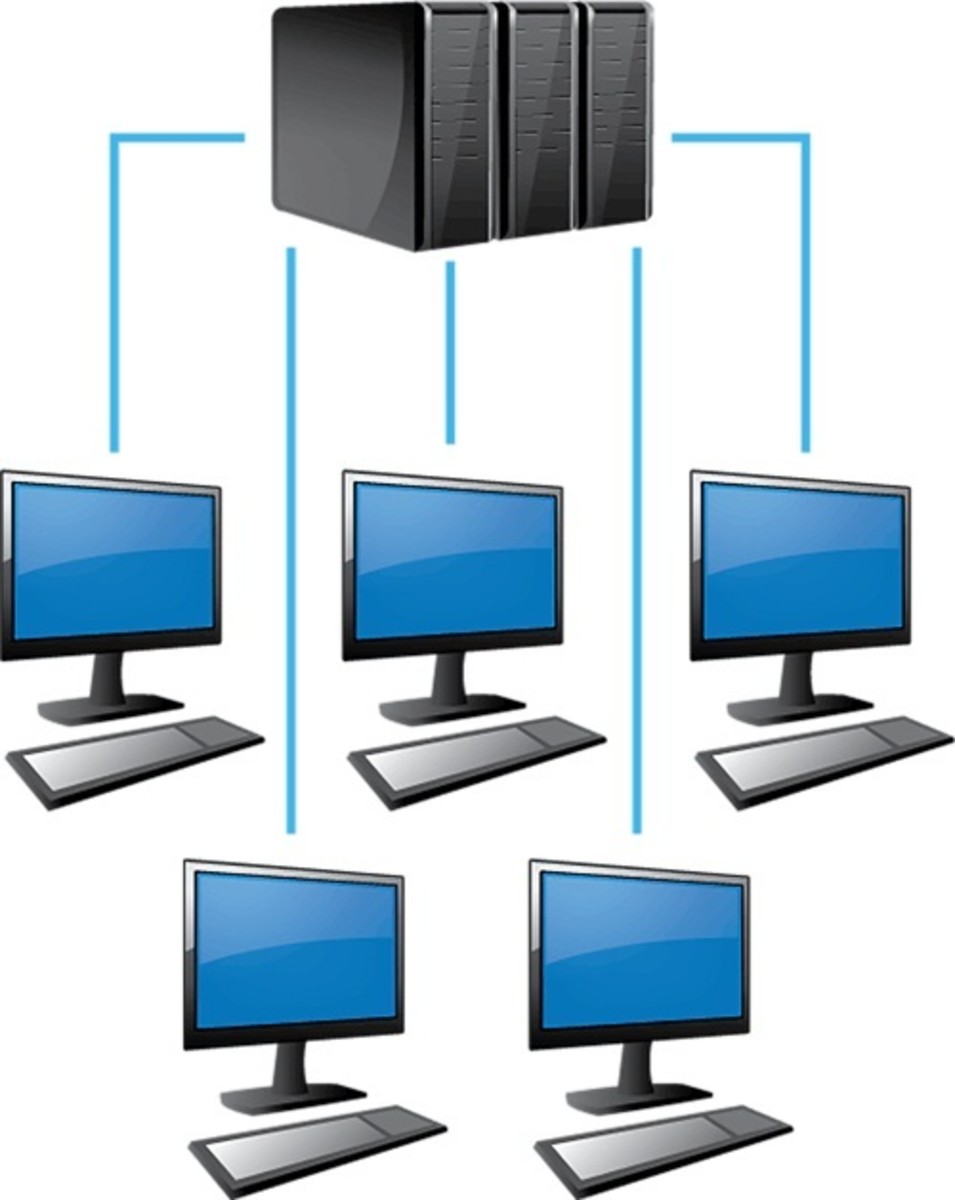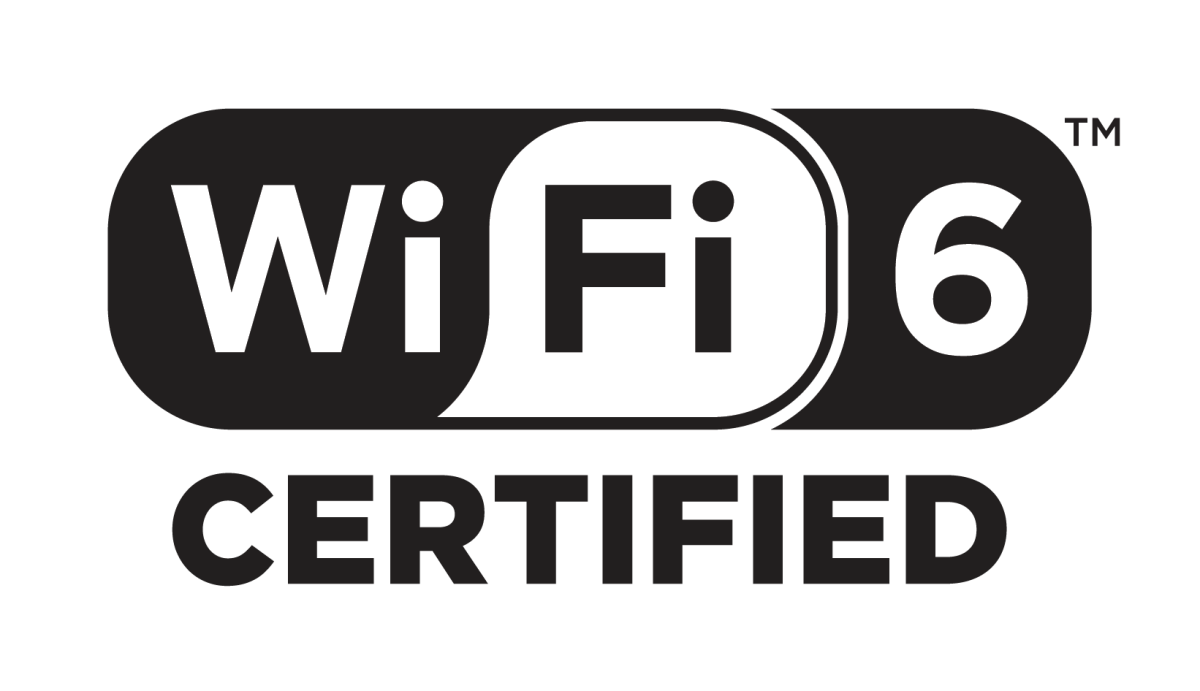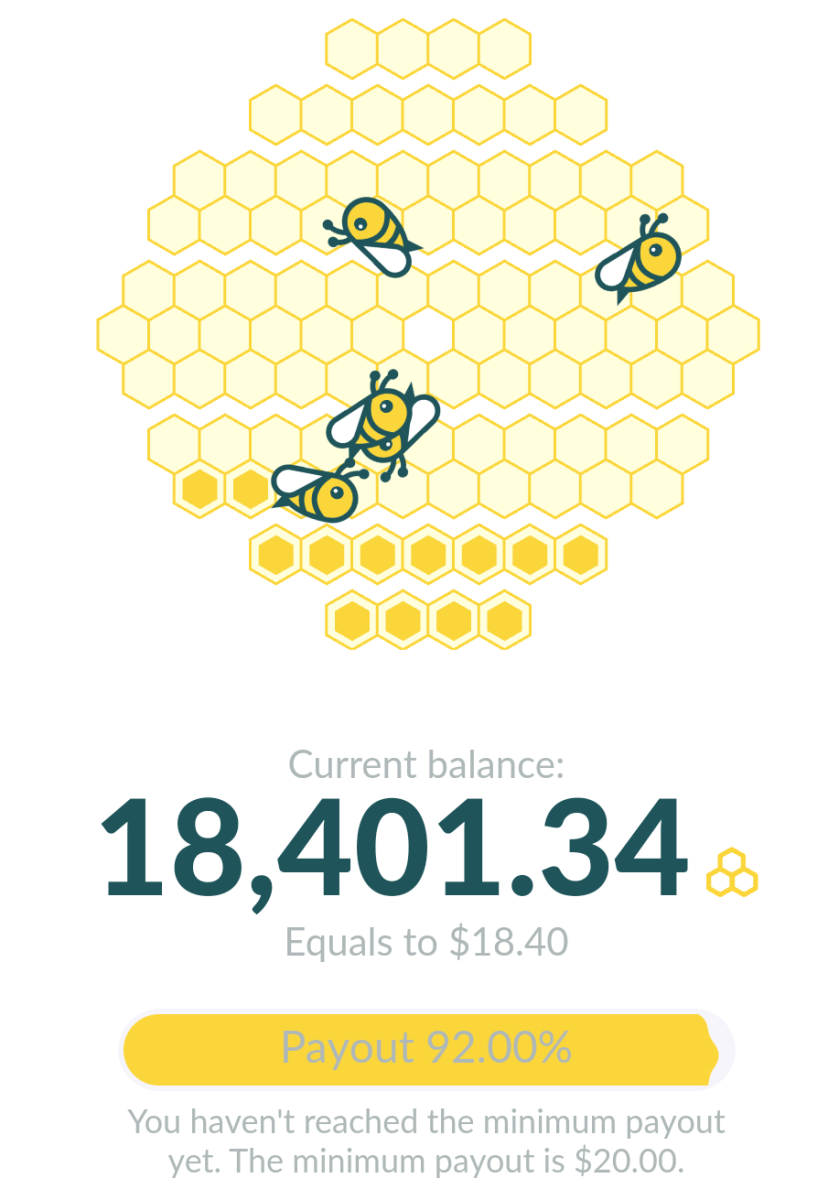Machine-to-Machine for Cellular
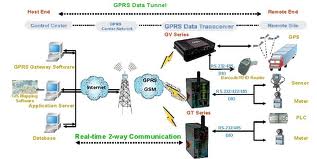
Today, wireless data usage on service providers networks is going through the roof. The introduction of the Smartphones is the key cause for all this wireless data access. As we assume wireless data usage will continue to grow based on the strength of the smartphone market as well as the introduction to tablets, the one are that doesn't get much air-time with the general public is machine-to-machine.
What is M2M?
Machine-to-machine is where two devices talk to each other without human intervention. As the name indicates, its simply one machine talking to another.Predictions indicate that M2M will be the next big thing to hit the wireless market. M2M exists today in many forms but the expectation is that we'll see an explosion of M2M over the next several years. This alone could put millions of additional "connected things" on the cellular networks. Cellular networks are great for this M2M service since it provides the ability to keep track of lots of different devices that could be geographically dispurse across a huge geography. As long as these devices are in some type of cellular coverage, the M2M solution will work.
Examples of M2M
Today, M2M technology is used in several different markets and industries. The simplest example is meter readings from power companies. Basically, the meters on the side of your house are equipped with a cellular modem in them so that on a designated time each day, week, or month, the meter can take the current reading from the house, and send it via the cellular network over the air and to servers sitting at the power company. From this data, billing could be generated automatically on a monthly basis. So you can see from this example, no humans are involved at all. It's simply one machine talking to another machine, hence the term, M2M. In this specific example, the power company saves on the need to send meter readers, walking and/or driving from house to house, to take down on a piece of paper the power usage readings from every house.
This becomes a win/win for both the power company as well as the mobile operator whose network is being used.
Another example of an M2M application would be in the monitoring of liquid flow through gas lines. Oil pipelines stretch across vast portions of this countries geographic landscape. At certain points in the gasline, sensors with cellular modems are attached with simply measure the liquid flow through the pipeline and send that information over a cellular network back to the companies offices. This saves the need to have "truck rolls" out to these remote sites on a regular basis to take the readings manually and report back. Again, a win/win for both the gasline company as well as the mobile service provider.
Another example of a more critical M2M application comes from the health care industry. After heart surgery, it is critical to monitor vital signs of the patient for a certain period of time to make sure everything is well. A small device that can be placed on the patient takes vital signs on a periodic basis and transmits them after certain intervals over the mobile network to the hospital or doctors office. Any anomalies in these vital signs would trigger an immediate message to the patient telling them they need to get to the hospital as soon as possible. Insurance companies love a service like this because it is highly proactive as opposed to reactive, which can be very coslty.
Bandwidth Required for M2M
In most cases, especially in those mentioned above, these applications require very little bandwidth to transmit the information they are programed to deliver. Because of this, high speed 3G and/or 4G networks are rarely required. Slow circuit based cellular networks like CDMA 1X data or GPRS is usually all that's required for these applications to work. As more and more real customers move to the higher speed 4G networks (LTE, WiMaX, HSPA+, ..), the operators will be left with under utilized 2G and 3G networks. The M2M market is a business where operators can continue to generate revenue from their existing and soon to be legacy networks. It basically gets more life out of assetts that are already paid for.
The thing about these M2M services is that it creates a stickiness between the operator and the customer. What does this mean? Simply put, it takes a company a long time before turning to M2M services and applications. After they do all their research, planning, purchasing of specialized devices, and deployments, the last thing they want to do is have to move to a new service provider. Most of the times, such a move requires new devices. Bacause of the long sales cycle of an M2M service, once customers have committed to it, they pretty much stay with their chosen mobile service provider. So from a mobile operators standpoint, not only will the continue to make use and money from their legacy networks, they also have a strong base of loyal customers.
There may be examples of where M2M requires higher bandwidth and speeds. Video surveillance is a good example of this. Because video is very data intensive, it wold require higher bandwidth speeds to take the video from the cameras and upload them to servers for viewing and storage.
Another interesting example I came across were wireless juke boxes. Yes, your read that correctly, I'm talking about the juke boxes that exist in bars and diners. The wireless component of these specialized juke boxes allows the user to choose from songs stored locally on the hard drive of the juke box, but also provides the customer with a huge library of songs stored back on the companies server farms. If one of these songs is selected, the higher speed wireless networks would be more advantageous to delivering music realtime from a remote location to be played locally on the present juke box. Pretty neat stuff.
Connected Devices
So why are the predictions for "connected devices" so large in the near term future, especially if M2M has been around for awhile already? Well first off, someone implementing an M2M service usually does so with large volumes of devices. Think about every cab and bus in downtown Manhatten being equipped with M2M devices which provide travel time and estimated time of arrival to kiosks at bus stops. Dispatchers of cab services can immediately determince the closest cab to a recent caller and get them their alot quicker that to send a cab from the garage.
Two futurisic examples I like to use to help explain the potential size of this M2M market are mobile dog collars and mobile prescription bottle lids.
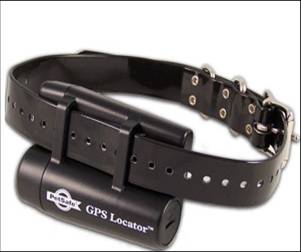
Mobile Dog Collar
The mobile dog collar pictured above is an example of a great service that ever dog owner would be glad to pay for. A company called Apisphere is already providing such a service using AT&T's network. The specialized collar is cellular and GPS enabled. Imagine being able to draw a perimeter around your neighborhood and/or town on a map from your computer. Once completed, anytime yor dog crosses that boundary, you will be notified via a text message as to the current wherabouts of your dog. I don't know about you, but this would also be a great device fo my teenagers, so I could keep track of them.
So imagine if someday, every dog out there is whereing one of these collars. That's alot of additional connections being added to the mobile operators network. Again, like above, this paricular application doesn't require alot of bandwidth. It will simply introduce a different kind of call load on the operators network where the number of connections may become a bottleneck.
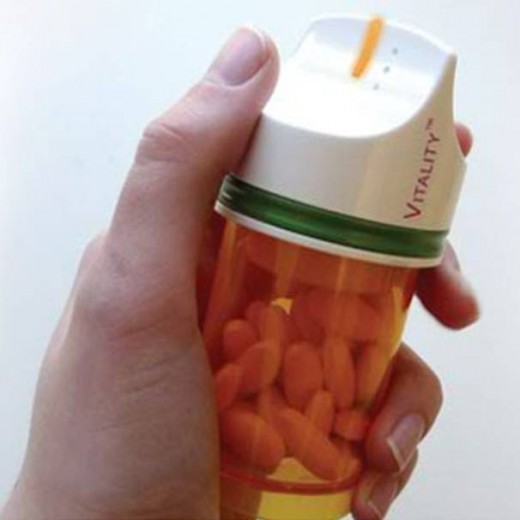
Wireless Medicine Cap
The photo to the right is a wirelessly enabled medicine bottle cap. It is referred to as GloCaps Prescription Reminder System from a company called Vitality. The GlowCaps system monitors your medication activity. It bases it on the bottle being opened as prescribes. The system will initiate reminder phone calls if needed. It will also send out a weekly email summary to the user and it also initiates re-orders with the pharmacy. The doctor will also get reports on the patients usage of the medication. All this reporting and monitoring takes place via the cap sending information wirelessly to the doctors office over a cellular network.
So this is yet another example of something that is in almost every household that could someday in the very near future all be wirelessly connected.
Conclusion/Summary
So these are just a very small number of examples of M2M services and applications that exist today and some that will be more prevalent in the future. If you search the Internet, you can find hundreds and hunfreds of other examples of M2M. As you can see, the number of "connected devices" will grow exponentially as more and more of these concepts and ideas take off. Based on this, when you see articles talking about a "billion connected devices" by the year 2020, you can see just how that is possible.


